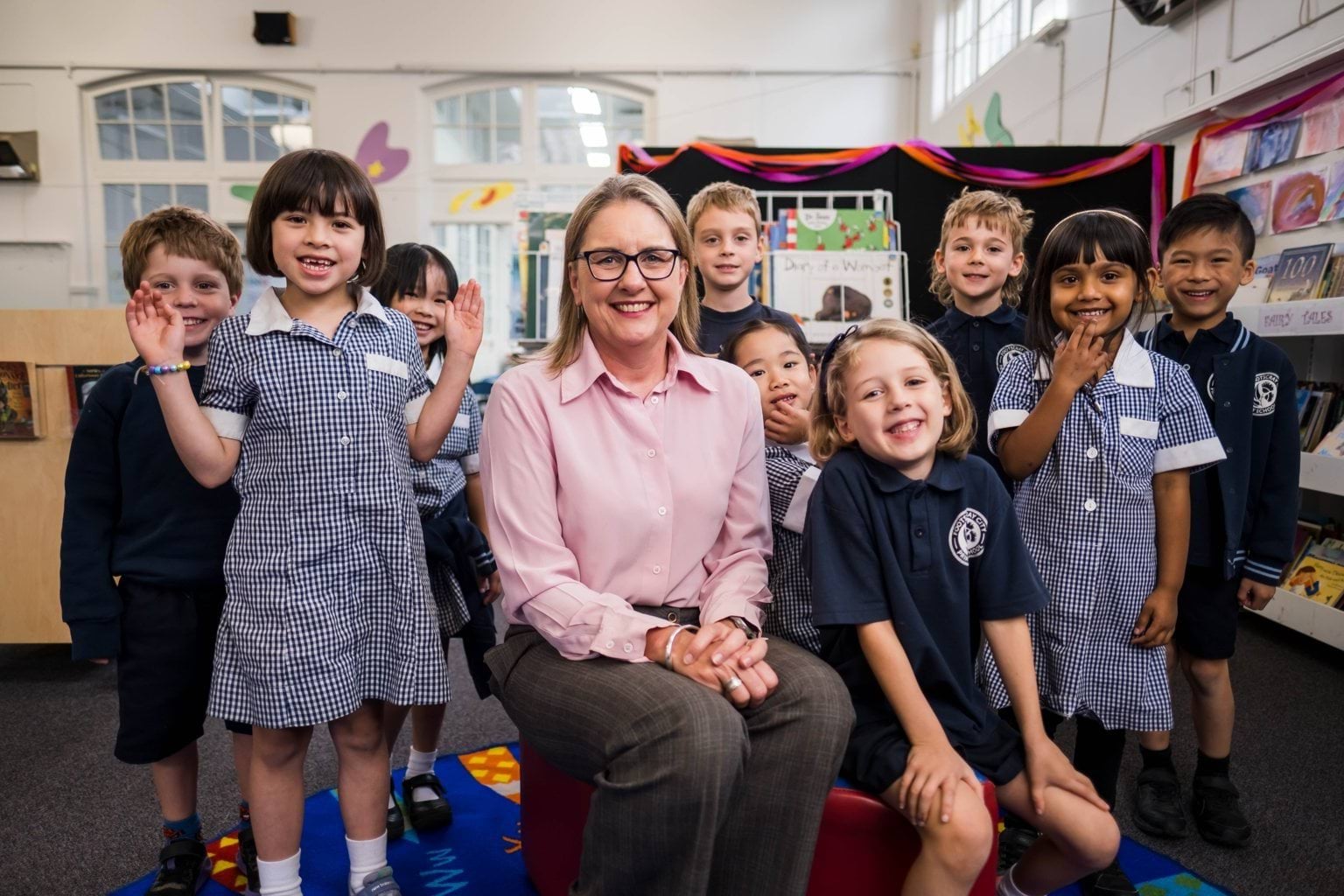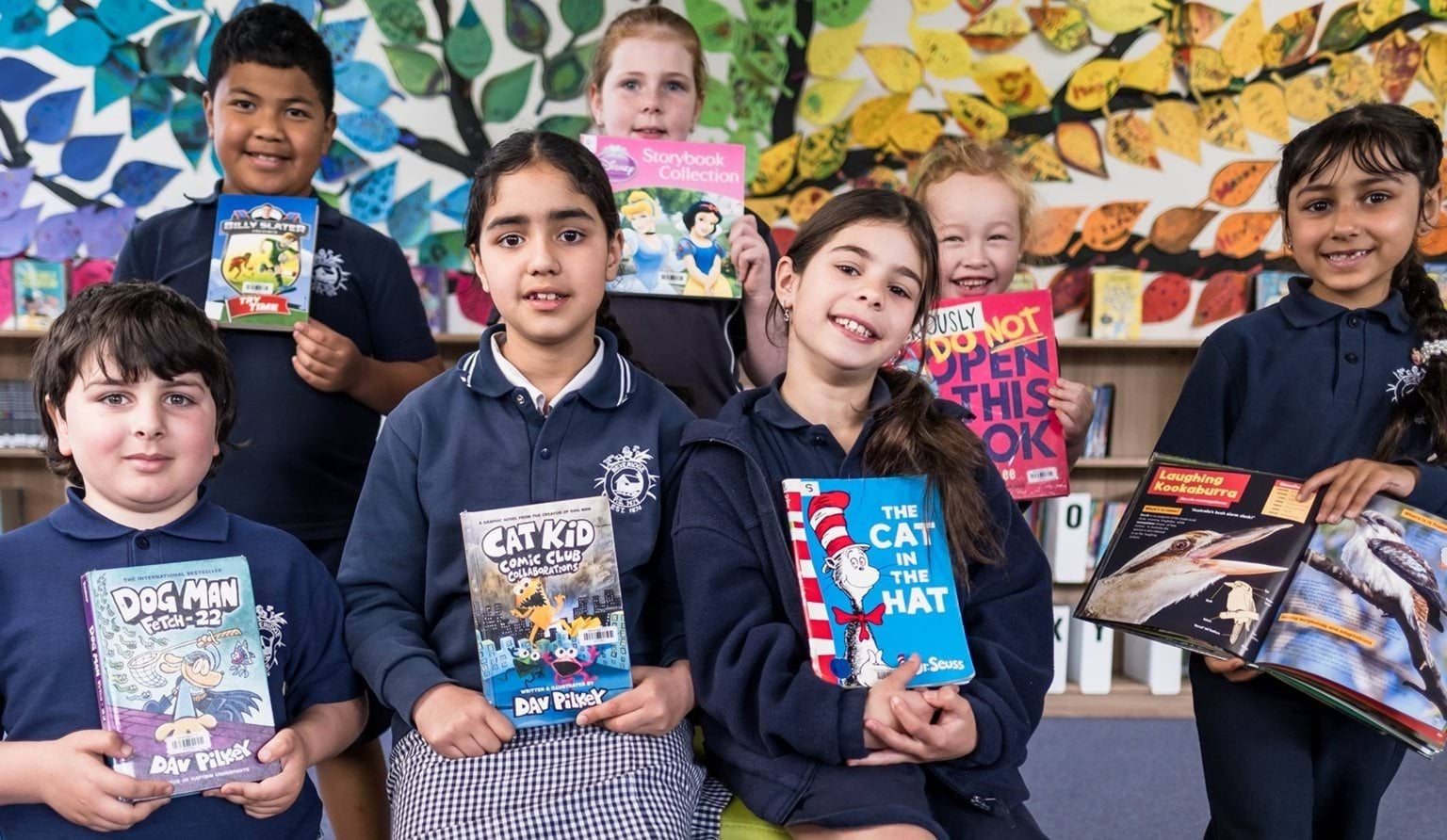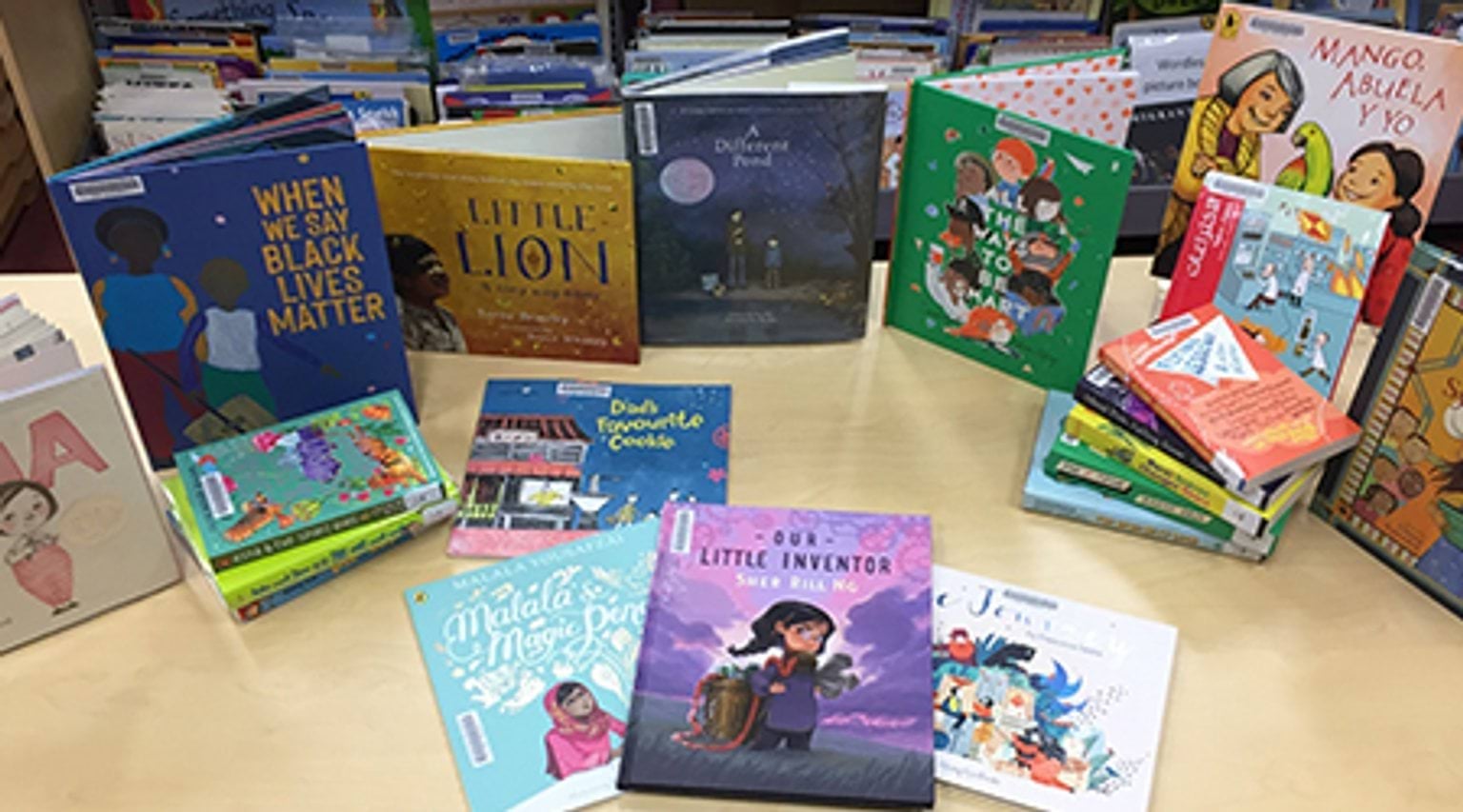The Premiers’ Reading Challenge begins on the first Monday in March each year and ends on the first Friday in September.
The Challenge encourages children and students to read a set number of books over the year and record their efforts online. Since the Challenge first began in 2005, more than 4.5 million students have read over 63 million books.

Premier’s closing message
Premier’s closing message for the Premiers’ Reading Challenge.

Register and log in
Learn how to register for the Premiers’ Reading Challenge system and how to log in to the challenge to record and rate books.

Challenge rules
Learn about the rules and guidelines you need to follow to complete the Challenge.
For students, parents and early childhood services

Early childhood services and parents
Information on how young children can take part in the Challenge.

School students and parents
Information for parents of students whose school has registered them for the Challenge.

Home-based readers
Information for parents of school-aged students who are home-schooled or are not participating in the Challenge through their school.
Share your stories and photos using the hashtag #VicPRC and join the Victorian Premiers’ Reading Challenge Facebook page.
Meet our author and illustrator

Meet our author ambassador
Children’s book author and illustrator Jess McGeachin is our 2025 Premiers’ Reading Challenge author ambassador.

Meet our illustrator
Children's book author and illustrator Anna Walker is our 2025 Premiers' Reading Challenge illustrator.
For schools
All coordinators
Information for government, Catholic and independent school coordinators on administering the Challenge.
Government school coordinators
Information for government school coordinators on how to set up the Challenge using the Challenge application.
Catholic school coordinators
Information for Catholic school coordinators on how to set up the Challenge.
Independent school coordinators
Information for independent school coordinators on how to set up the Challenge using the Challenge application.
Independent school administrators
Information for independent school administrators on how to create edupass accounts to access the Challenge application for the first time.
Top tips and resources
How to use the Challenge application
Information and resources to help you take part in the challenge and navigate as you progress through each step.
Challenge book list
The book list provides a broad range of books for the Challenge. Each title on these lists is allocated to the appropriate year level or levels.
How to be inclusive of all students in the Challenge
Access resources to help support and encourage all students to participate in the Challenge.
Communication resources
Material to help you promote the Challenge, including Premier's letter for parents, posters, stickers, checklists and milestone certificates.
Sign up to receive the Premiers' Reading Challenge newsletter
Sign up to our bi-monthly newsletter for teachers and early childhood professionals.
The Victorian Premiers’ Reading Challenge is proudly supported by Penguin Random House Australia.
Updated
